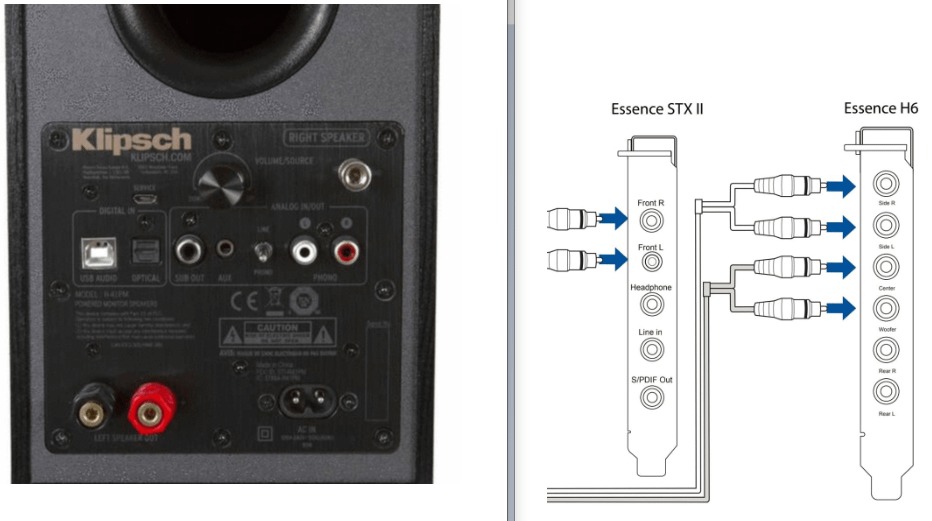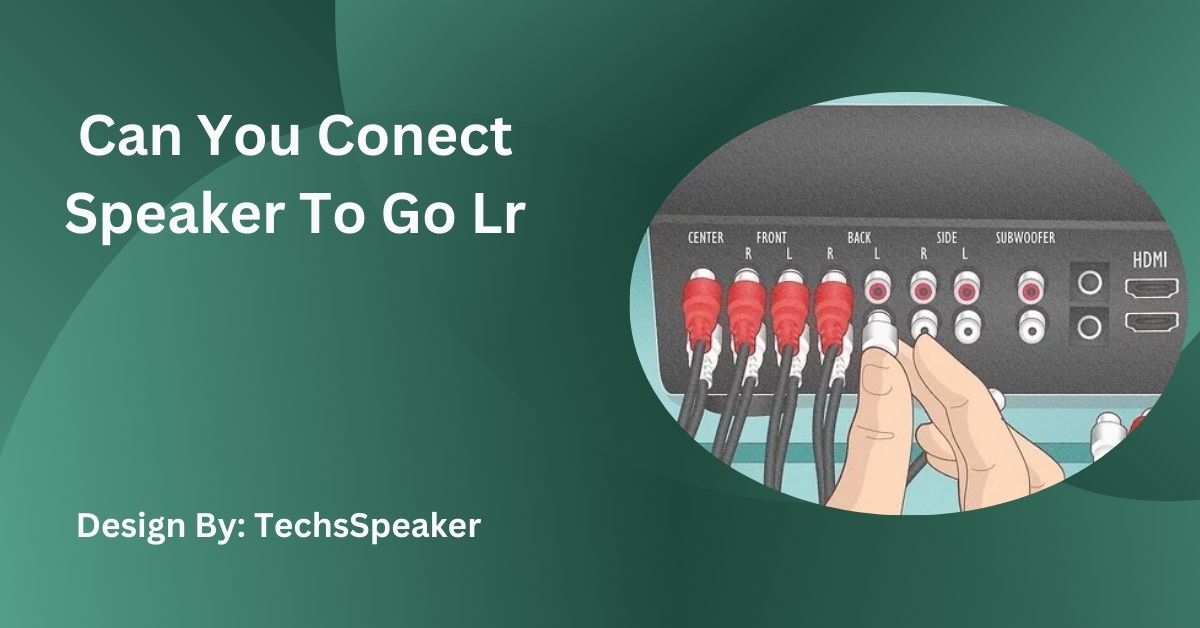Connecting a speaker to Go LR enhances audio quality, offering clearer sound and more reliable performance, ideal for personal use, presentations, and home entertainment systems.
Connecting a speaker to Go LR (Line-In and Line-Out) can significantly enhance your audio experience, whether for personal use, presentations, or home entertainment systems. In this guide, we will explore the basics of connecting speakers to Go LR, the benefits, types of connections, practical tips, troubleshooting common issues, and additional considerations to ensure you get the best audio quality.
Go LR refers to the line-in and line-out ports commonly found on audio devices like mixers, sound cards, and some amplifiers. These ports facilitate the transfer of audio signals between devices, allowing you to connect external speakers, microphones, and other audio equipment.
- High-Quality Sound: Go LR connections provide superior sound quality compared to other types of connections, such as Bluetooth or USB.
- Versatility: They support various audio devices, making it easier to create a customized audio setup.
- Low Latency: Go LR connections offer low latency, ensuring that audio signals are transmitted with minimal delay.

Connecting your speaker to a Go LR port ensures better sound clarity and volume. This is particularly beneficial for activities like listening to music, watching movies, and gaming.
Using Go LR connections allows for more control over your audio setup. You can easily integrate additional audio devices, such as subwoofers and amplifiers, to enhance your listening experience.
Go LR connections are known for their stability and reliability. Unlike wireless connections, they are less prone to interference and signal loss, ensuring consistent audio quality.
- Line-Out to Speaker Input: Connect the line-out port of your audio device to the input of your speaker using an appropriate cable (usually a 3.5mm jack or RCA cable).
- Line-Out to Amplifier Input: Connect the line-out port to the input of an amplifier.
- Amplifier to Speaker: Connect the amplifier’s output to the speaker. This setup is ideal for powering larger speakers that require more power.
- Line-Out to Mixer Input: Connect the line-out port to a mixer’s input.
- Mixer Output to Speaker: Connect the mixer’s output to the speaker. This allows for more advanced audio control and mixing capabilities.
Also Read: Is Installing A TV Speaker Good Idea In Bedroom – Complete Guide!
- Cable Quality: Invest in high-quality cables to ensure the best audio performance and durability.
- Cable Length: Choose a cable length that suits your setup without being excessively long, which can cause signal degradation.
- Speaker Positioning: Place your speakers at an optimal height and distance for the best sound distribution.
- Avoid Obstacles: Ensure there are no obstacles between your audio device and speakers to prevent sound blockage.
- Start Low: Begin with a low volume setting to avoid damaging your speakers.
- Adjust Gradually: Gradually increase the volume to a comfortable level, ensuring clear and distortion-free sound.
- Check Connections: Make sure every cable is firmly attached to the appropriate ports.
- Device Settings: Verify that your audio device’s output settings are configured correctly.
- Cable Quality: Use high-quality cables to prevent interference and signal loss.
- Speaker Overload: Ensure your speakers are not overloaded with too much power from the amplifier.
- Isolate Cables: Keep audio cables away from power cables and other sources of interference.
- Use Shielded Cables: Cables with shielding can lessen electromagnetic interference.

- Check Specifications: Ensure your audio device and speakers are compatible with Go LR connections.
- Adapters: If necessary, use appropriate adapters to match the connection types.
- Future-Proofing: Consider future expansion possibilities when setting up your audio system. Choose devices and speakers that allow for easy upgrades.
- Quality Components: Invest in high-quality audio components to ensure the best performance and longevity.
- Power Off: Always power off your audio devices before making or changing connections to prevent damage.
- Handle with Care: Handle cables and connectors gently to avoid damaging the ports.
- Subwoofers: Adding a subwoofer can enhance bass response and overall sound depth.
- Equalizers: Use an equalizer to fine-tune the audio frequencies to your preference.
- DACs (Digital-to-Analog Converters): A DAC can improve audio quality by converting digital signals to analog more effectively than built-in converters.
- Soundproofing: Consider soundproofing your room to reduce external noise and improve sound quality.
- Acoustic Panels: Use acoustic panels to manage sound reflections and enhance clarity.
- Speaker Placement: Experiment with different speaker placements to find the optimal position for the best sound distribution.
Go LR stands for line-in and line-out ports, enabling high-quality audio transfer between devices like mixers, sound cards, and amplifiers.
Go LR connections offer superior sound clarity, low latency, and stability compared to Bluetooth or USB, enhancing your overall listening experience.
Various speakers, including soundbars, bookshelf speakers, and home theater systems, can connect to Go LR for improved audio performance.
Potential drawbacks include the need for high-quality cables and proper setup knowledge, but the benefits usually outweigh these minor challenges.
Yes, Go LR connections are excellent for gaming, providing clear and immersive audio with minimal latency, enhancing the gaming experience.
Connecting a speaker to Go LR is a great way to enhance your audio experience. With superior sound quality, reliability, and versatility, Go LR connections are ideal for personal use, presentations, and home entertainment systems. By understanding the types of connections, following practical tips, and troubleshooting common issues, you can optimize your setup for the best audio performance. Invest in high-quality cables and components to enjoy a rich, immersive audio experience.
